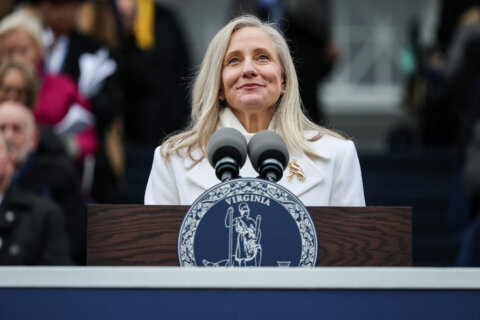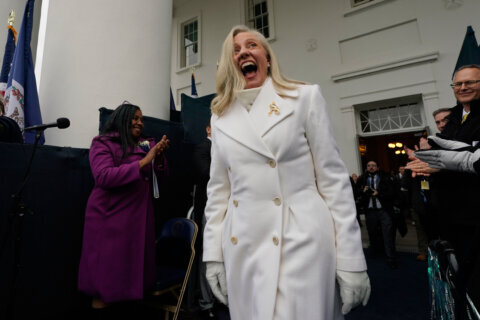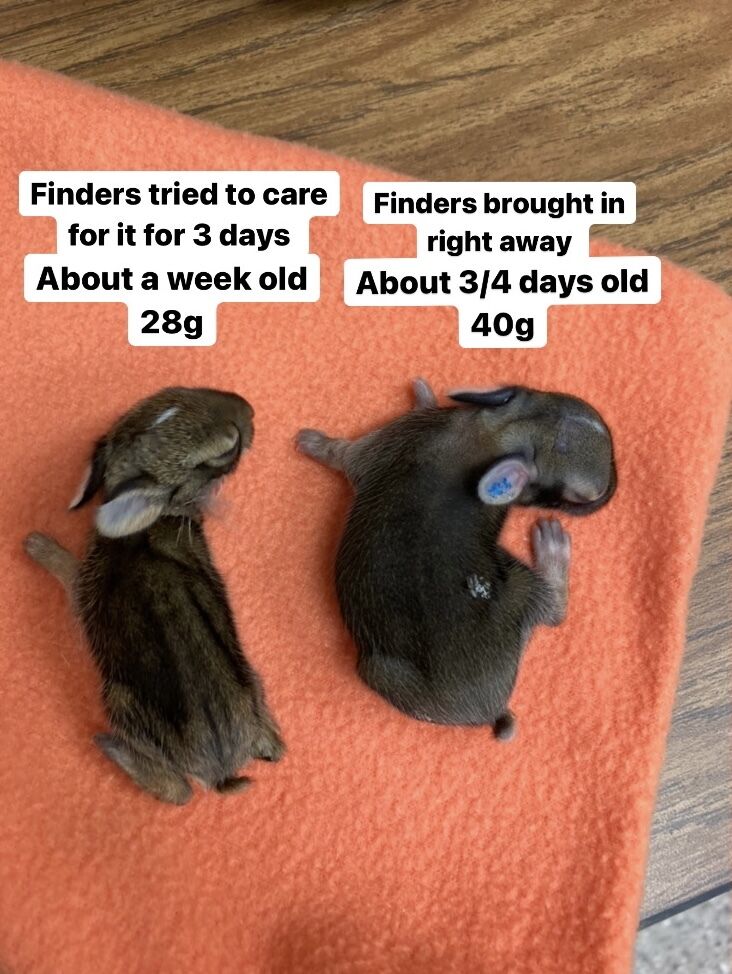
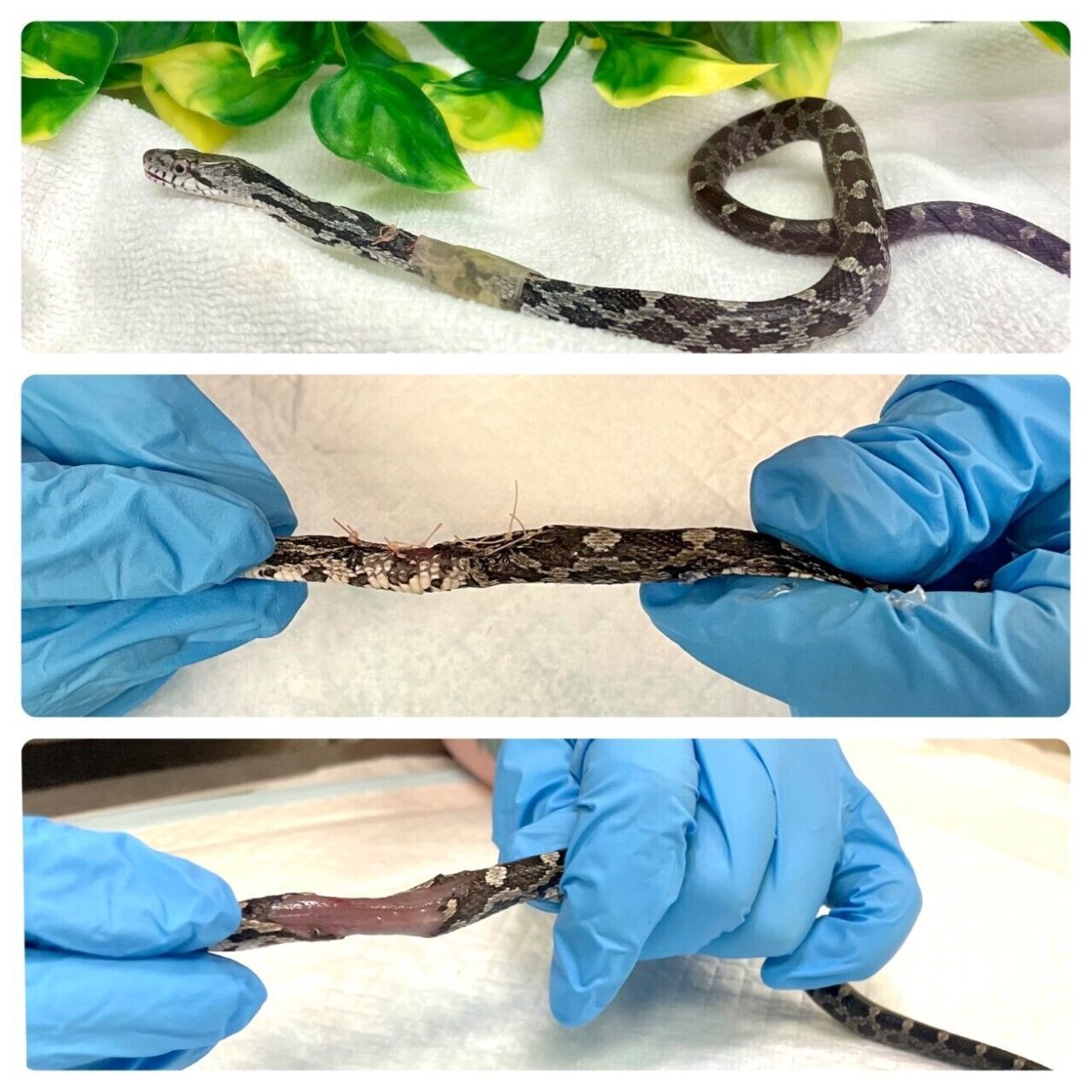
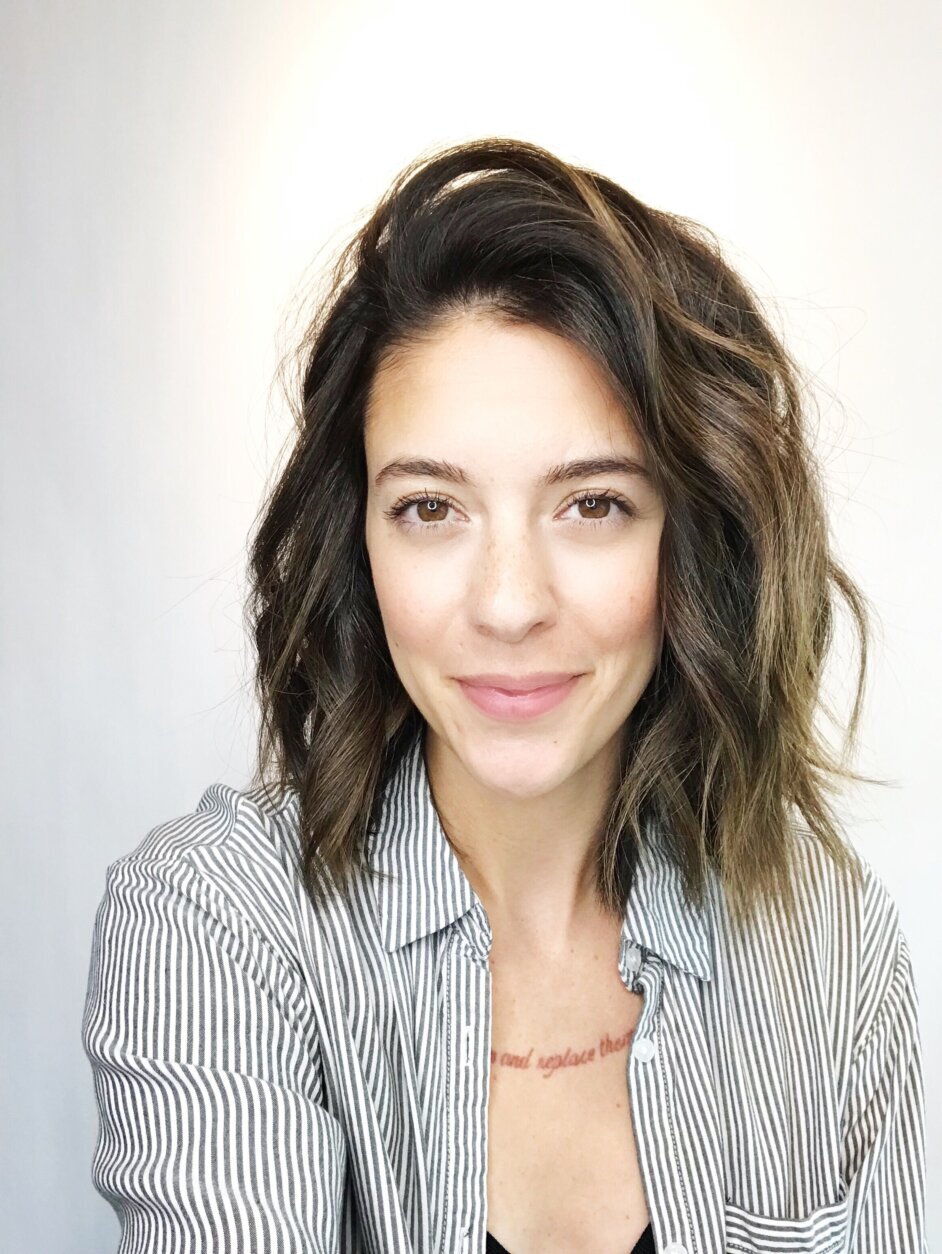
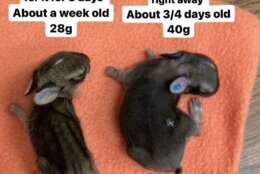
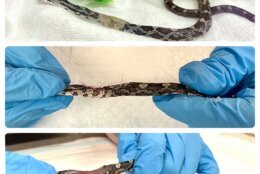

Wildlife rehabilitators say the human instinct to rescue an animal who seems abandoned or injured can result in making things much worse for the creature.
At the Blue Ridge Wildlife Center in Boyce, Virginia, a recent lecture focused on the issue called “Best Intentions Gone Wrong.”
Office Manager Carly Corbin and staff Veterinary Associate Dr. Emily Hsieh hosted the session. Corbin spoke to WTOP about cases that show what can go wrong when people who are not rehabilitators try to care for an animal, and what actions people should take when they feel an animal may be in trouble.
Corbin, who is often the first voice callers hear when they contact Blue Ridge Wildlife Center for advice, said the discovery of fawns who appear to be abandoned by their mothers generates a lot of calls. It illustrates a common misunderstanding of normal wildlife behavior. Deer often leave their fawns to forage and then return to care for their young.
“Something that may seem concerning and unusual to someone may be completely normal for that species,” said Corbin.
In one case, a screech owl had been hit by a car. According to Corbin, the people who initially cared for the owl believed the raptor would be OK. Other than squinting a bit and perching unsteadily on one foot, “the owl appeared to be very alert, very aware, it physically looked fine,” she said.
But after nearly a week in the care of someone who was not a rehabilitator, the owl was brought in to Blue Ridge.
“Upon X-rays, we discovered it had severe fractures in multiple parts of its body,” Corbin said, adding that the level and severity of the injuries were untreatable, and the owl was humanely euthanized.
She said the best thing to do when worried that an animal may be in distress is to contact wildlife rehabilitators. If it’s clear an animal has been injured, they can advise you.
In the case of trying to rescue an injured animal, the best thing to do is to keep the animal in a calm, quiet and dark environment, like a pet carrier or cardboard box, Corbin said. Resist the urge to check on it, she said, because that can increase stress.
“No peeking, no food or water,” she said until you can get it to a rehabilitator in your area.
Some people may hesitate to call, but Corbin said, “That is what we are here for.” They even confer with younger callers.
“I’ve taken many phone calls from children,” she said.
“We are accessible every single day of the year,” including weekends and holidays between the hours of 9 a.m. and 5 p.m. “You can always reach out to us and leave a message if you can’t get through.”
For information on figuring out what to do to help an animal you are concerned about, go to the Blue Ridge Wildlife Center website. Also, check out for more on regional wildlife rehabilitators in Virginia, D.C., and Maryland.


